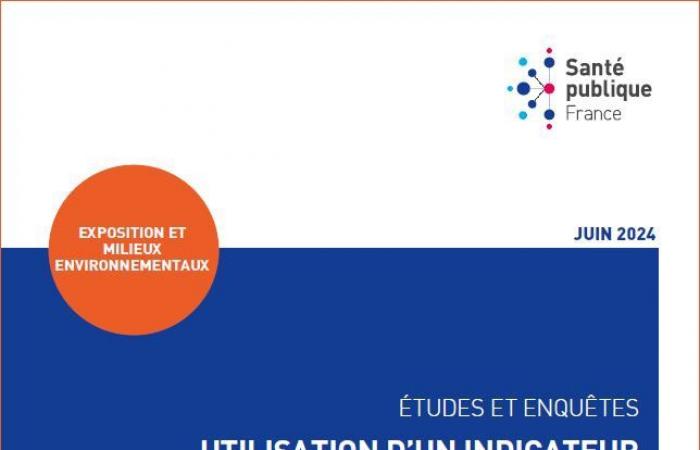The EpiGEH system monitors waterborne acute gastroenteritis (AGE) outbreaks. It cross-references data from the National Health Data System of the Health Insurance (SNDS) with the map of drinking water distribution units (UDI) in France to identify AGE outbreaks potentially linked to contamination of tap water. Contamination of distributed water can, in some cases, occur following heavy rainfall that causes runoff that can be accompanied by an increase in the pathogen load in raw water. The objective of this study was to propose a methodology for constructing and evaluating a predictive indicator and rainfall alarm of an epidemic risk based on data from investigated waterborne outbreaks; and on this basis to identify among the signals from the EpiGEH system, those for which the influence of rain was plausible. Data from 30 waterborne GEA outbreaks confirmed by a field investigation and occurring between 2010 and 2021 were used to select the rainfall indicator and calibrate the rainfall alarm. For these outbreaks, the influence of rain was considered plausible (positive alarm) when the estimated rainfall indicator exceeded the 4th quintile of monthly rainfall. The rainfall indicator was then applied to the 9,510 EpiGEH signals recorded between 2010 and 2021. The rainfall alert conditions were met for 3.5% of the signals (n=312) with a delay between the start of the rains and the first cases (period of exposure to rain) of fifteen days (respectively 9.3% of the signals (n=837) with a delay of 21 days). The Provence-Alpes-Côte d’Azur, Corsica, Occitanie and Auvergne-Rhône-Alpes regions were those for which the proportion of signals associated with a positive rainfall alarm was the highest (from 11.0% to 14.5%). For the signals concerned by a positive alarm, the average delay between exceeding the rainfall reference threshold and the appearance of the first cases of GEA of the detected epidemic was 5.4 days. The main added value of these analyses lies in the possibility of identifying among the signals detected by the EpiGEH device, those for which the vulnerability of drinking water production systems to precipitation played a determining role. The corresponding water distribution units should be treated as a priority to strengthen their resilience to unfavorable weather conditions, in order to better secure against the epidemic risk. Further studies integrating land type and land use data would be necessary to refine the link between rainfall and the risk of occurrence of waterborne GEA epidemics.
Auteur : Pouey Jerome, Mouly Damien
Year of publication: 2024
Collection : Studies and surveys







